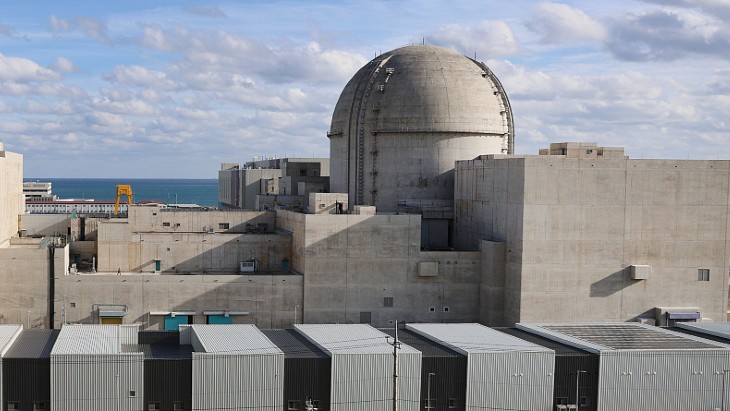The UK's National Nuclear Laboratory is to be an international "centre of excellence", said a minister today when confirming the facility will indeed go ahead. It is to be a main part of a regional regeneration project for West Cumbria.
John Hutton, business and enterprise minister, confirmed that the new national laboratory would be established in a speech at the Sellafield site in the county of Cumbria, the western part of which is beginning to be referred to as the 'Energy Coast'. The term reflects the UK government's desire to build on and fortify West Cumbria's nuclear energy skills base as well as to boost new skillsets around energy sources such as tidal, offshore wind and microgeneration. The region as a whole is undergoing a regeneration program which Hutton's department said was based on its nuclear heritage and worth some £2 billion ($4 billion).
Hutton, who is also member of parliament for Barrow-in-Furness, 40 km from Sellafield, said: "It is now clear that nuclear power will need to continue to play a crucial role in our low carbon future. The creation of the NNL will safeguard the UK's high-tech nuclear expertise, facilities and skills." He added that he wanted British workers to be skilled enough to "take advantage of the 100,000 jobs new nuclear could bring to the UK."
The NNL is to be based around the skills and technology developed by Nexia Solutions, including facilties at the British Technology Centre. With 750 staff, Nexia Solutions represents the bulk of civil nuclear research and technology development capability in the UK - which has reduced dramatically from a base of 7000 workers as recently as 1990. Peter Bleasdale, managing director of Nexia, recently wrote that "Essentially, Nexia Solutions already has the NNL up and running" in Nuclear Future, the journal of the Institution of Nuclear Engineers and the British Nuclear Energy Society.
Strategically owned by the UK government, the NNL is to be run as an independent commercial operation, managed by a commercial organisation to be chosen following a competition set to end in spring 2009. It will be composed of four main components: a central laboratory based at Sellafield, with other laboratories at Windscale, Workington and Springfields. Nexia has already signed a partnership last year with the USA's Idaho National Laboratory to "pool resources and expertise to benefit both countries."
In a separate development today, the University of Manchester launched a chair in nuclear fuel technology in collaboration with Westinghouse. The university hosts the Dalton Institute, one of the UK's leading sources of nuclear graduates, which is making £25 million in investments to realise the Dalton Cumbria Facility.
Lancaster University, also from the wider region, launched a chair in nuclear engineering and decommissioning in January this year, while over £10 million in nuclear-related investment has been made at the University of Cumbria to establish a new campus. The NDA has provided much of these funds, and said today it has committed a total of £35 million to skills development in Cumbria.




_72306.jpg)


_49562.jpg)





